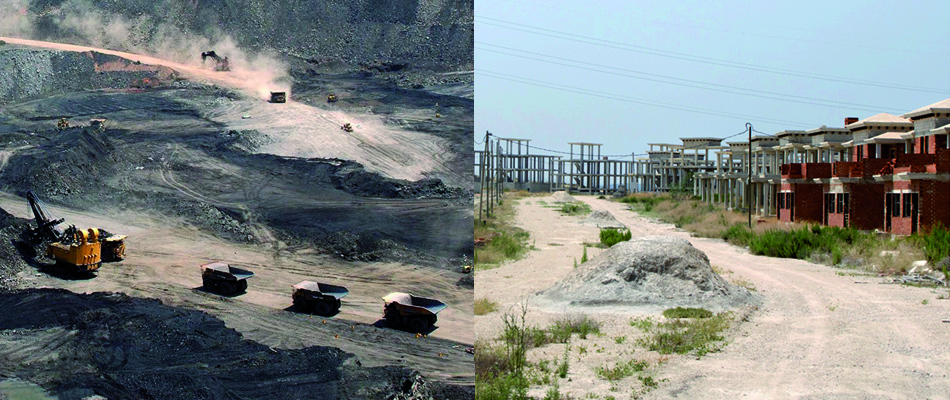SUSTAINABILITY AND ARCHITECTURE ( Part I)
Hearing the word Sustainability and talking about it, it has become an increasing and frequent habit in the field of architecture and construction. The increasing quantity of liberal professionals and general public, public administrations, companies and private entities that have become aware of its importance and meaning is an obvious and proven fact. However, it should also be said that not all of them applied the concept in the same way. The intensity of doing this, in one hand, varies between the “blind faith” considering sustainability as a “new religion” and in the other hand using it as a word empty of content, but very attractive from the viewpoint of marketing and image, because Sustainability “sells”.
Today, globally speaking, the society faces large-scale environmental and social challenges which need to be stopped and reversed: Climate change, biodiversity loss and energy crisis, among others. The Convention of Montreal in 1987, the Earth Summit in Rio 1992, Kyoto 1997 and the Al Gore’s film premiere “An Inconvenient Truth” in 2006 set milestones regarding the concern of society and some political powers – not all of them – about climate change, its impact on our planet and the need for a paradigm shift that can reverse this process.
BUT… HOW DO WE GET HERE?
The answer is clear and simple. By the accumulation of negative effects throughout many years which have been caused by a capitalist production system based on an extractive model with an abusive and unbridled exploitation of natural resources, which objective is to generate energy – almost entirely from non-renewable sources like oil, coal and gas – and produce goods – in manifold ways – to feed a consumer society eager to possess them … but at the cost of causing an considerable environmental damage. Everything began with the Industrial Revolution.
In other words, we have a production model that has gone beyond the physical boundaries and considers the planet as an unlimited resource when in fact it is not. This is precisely the opposite of the definition of sustainability that is, according to The Brundtland Commission, “to meet the needs of the present without compromising the ability of future generations to meet their own needs”.
THE SITUATION IN THE FIELD OF ARCHITECTURE AND CONSTRUCTION.
Now let’s see some data provided by the World Watch Institute.
- 40% of the energy consumed in the world comes from the buildings and their construction.
- 40% of the materials used in the world come from for the construction of buildings.
- 55% of sawn wood is used for construction.
- 30% of new constructions or refurbishments have the Sick Building Syndrome (SBS), defined by the World Health Organization (WHO) as “the deceases caused by air pollution in closed spaces.
The construction is undoubtedly a great importance productive sector in our economy and the statistics previously stated above serve to reinforce this assertion. Construction industry moves a huge quantity of material and human resources; it shapes large-scale terrestrial landscape, generates an economic impact of high value but is also causing negative impacts on our environment that contribute to its damage.
In the European Union there are currently approximately 160 million built buildings, which are responsible for approximately 40% of energy consumption. Much of this consumption is used for heating spaces: In homes around 70%, in office buildings the percentage is lower. In Catalonia, according to the Institut Català d’Energia (ICAEN), the 85% of the buildings that have obtained an energy efficiency certification have an E, F or G rating (Primary energy consumption). They are the lowest on the scale, indicating the poor condition of our existing buildings.
Julio Bermejo architect · LEED AP BD+C
4A+A Arquitectura Ambiental

